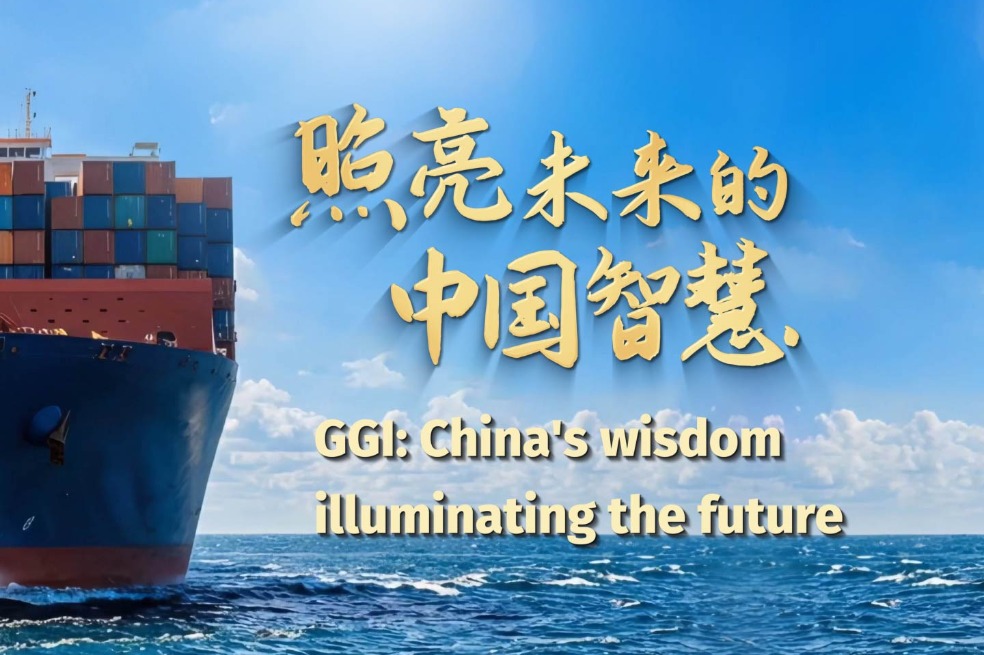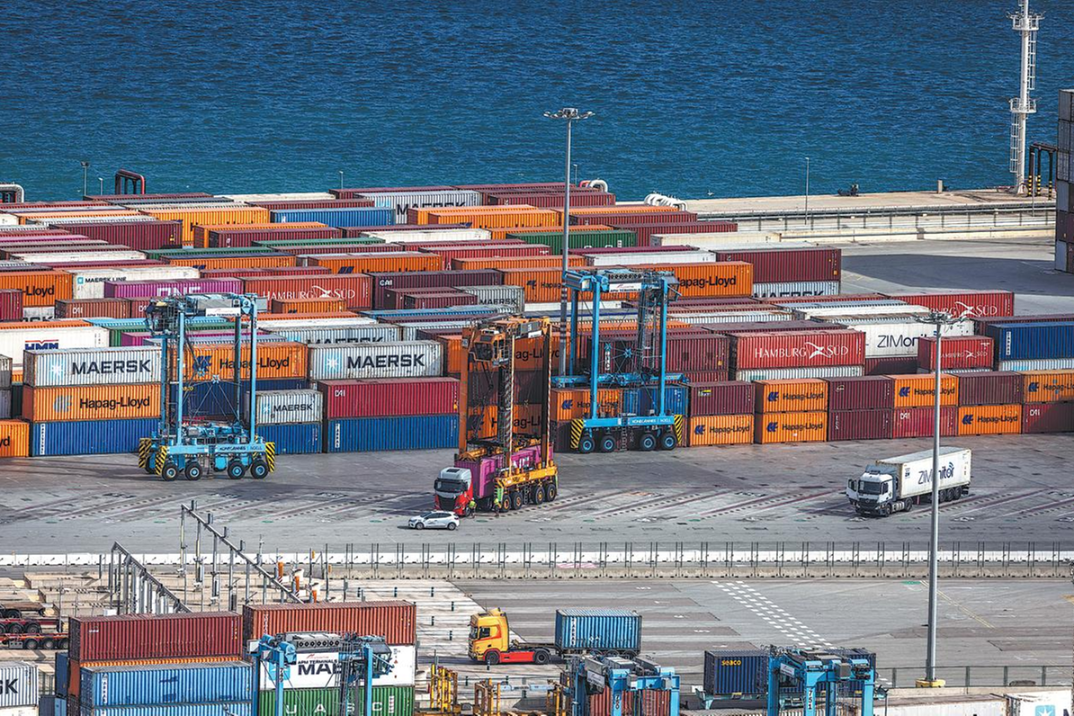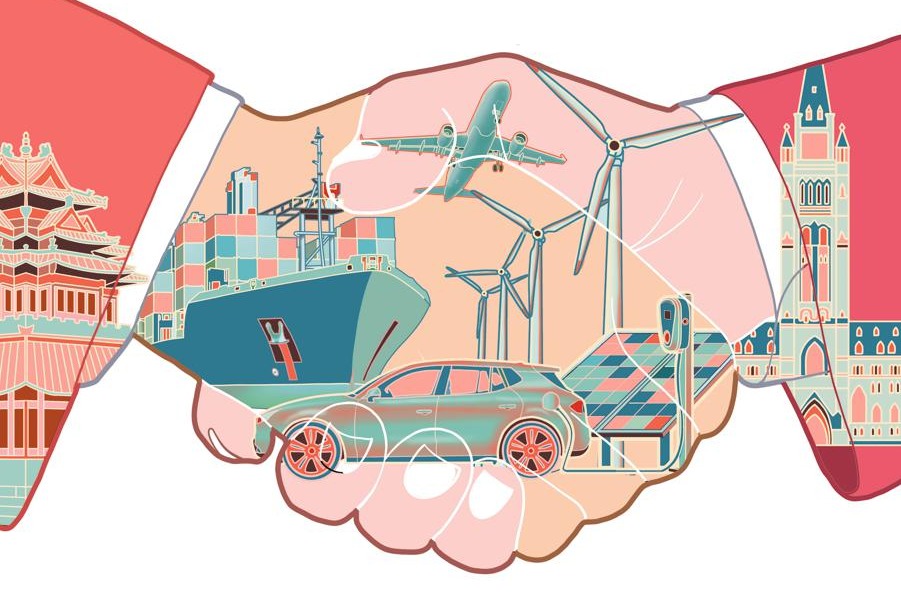East Asia must clear hurdles to sustain growth


In the past half-century, East Asia has made extraordinary progress in sustaining economic growth and improving living standards. Some of the region's developing economies are now middle-income countries and have collectively grown more than three-fold. Some of the economies that moved up from low-to middle-income status in the past quarter-century can realistically aspire to high-income status in the space of the next generation.
The region's sustained growth means more than 1 billion of its people moved out of extreme poverty and, as a result, nearly two-thirds of developing East Asia's population can now be considered economically secure or middle-income earners.
Yet developing East Asia's resurgence remains work in progress. Changes in global and national circumstances mean the region's transition to high-income status will depend on how well the economies are able to adapt their development models to these changing circumstances.
Past models may not work in the future
A newly published World Bank study, "A Resurgent East Asia", looks at the prospects for developing East Asia. Its central message is that the model that has worked so well so far, will not necessarily work the same way going forward.
East Asia's remarkable success has been built on a development model that combines outward-oriented growth, human capital development, and sound economic governance. While this model still has a lot to offer, the region's economies will need to adapt it to produce results in these changing circumstances.
Many factors-external and internal to the region-are increasing the urgency for such adaptation. Slowing global trade, rapidly changing technologies and the rising expectations of the people who are joining the middle-income group are among the main forces at work. In turn, these changes imply challenges of slowing productivity growth, risks to inclusion and rising demands on state institutions.
Slowing global trade means the economies will need to look for other ways to spur productivity growth. Technological change, while it provides opportunities for productivity growth, could deepen existing inequalities among workers depending on the extent to which they have the requisite skills. And, as East Asia has become more affluent and middle class, its political economy challenges, such as those of building broad coalitions for policy reforms, have become more complex, even as the people demand more and better public services.
Competitiveness key to progress
So, how could developing East Asian economies adapt their development policies to sustain their transformations and make the transition to high income? While many of the answers will necessarily be economy specific, the combination of policy reforms will need to focus on promoting economic competitiveness, building skills, fostering inclusion, strengthening state institutions, and financing the transition to high income.
To boost competitiveness, the focus should now be more on service sector reforms, deeper trade agreements, broader innovation policies, and improved access to finance for small and medium-sized enterprises. Emerging priorities on skills include developing higher order cognitive and socio-emotional skills, supporting systems for continuous skills development, and enhancing people's digital and technical capabilities. To foster inclusion, strengthening employment services, linking unemployment benefit schemes to economic transitions, and improving access to digital technologies will all be important.
And strengthening state institutions will require more emphasis on mechanisms to solicit people's opinions and participation, greater government transparency and stronger systems of checks and balances. Besides, financing the transition to high-income status will require measures to expand the tax base and limit tax competition.
These emerging policy priorities will need to be complemented by foundational policies-reforms that the economies are already pursuing-that remain critical to sustaining development. In boosting competitiveness, for instance, this means continuing to emphasize regulatory reforms. And to develop skills, finding ways of improving learning outcomes in schools remains important.
Policymakers must act now to sustain progress
Unless policymakers act decisively on these fronts, the risk is that the region's progress could stall. We can't forget that the developing East Asian economies are still much less affluent and productive than their high-income counterparts. China's per capita income, for instance, is still only about a fifth of the average in high-income economies. When the Republic of Korea achieved high-income status in 2001, for instance, its labor productivity was two and a half times higher and its human capital a third higher than those of China today.
In sum, the current challenges and uncertainties don't leave room for complacency in developing East Asia. In development, as in other things, past success does not guarantee future success. Economies that are content to rest on their laurels, despite rapidly changing global, regional and national contexts, risk forgoing the opportunities for sustained progress and falling victim to new challenges. We hope policymakers across developing East Asia will consider the implications of the changing times and devise their economic development policies accordingly.
Sudhir Shetty is World Bank chief economist for East Asia and Pacific, and Andrew D. Mason is lead economist in the Office of the World Bank Chief Economist for East Asia and Pacific.


































